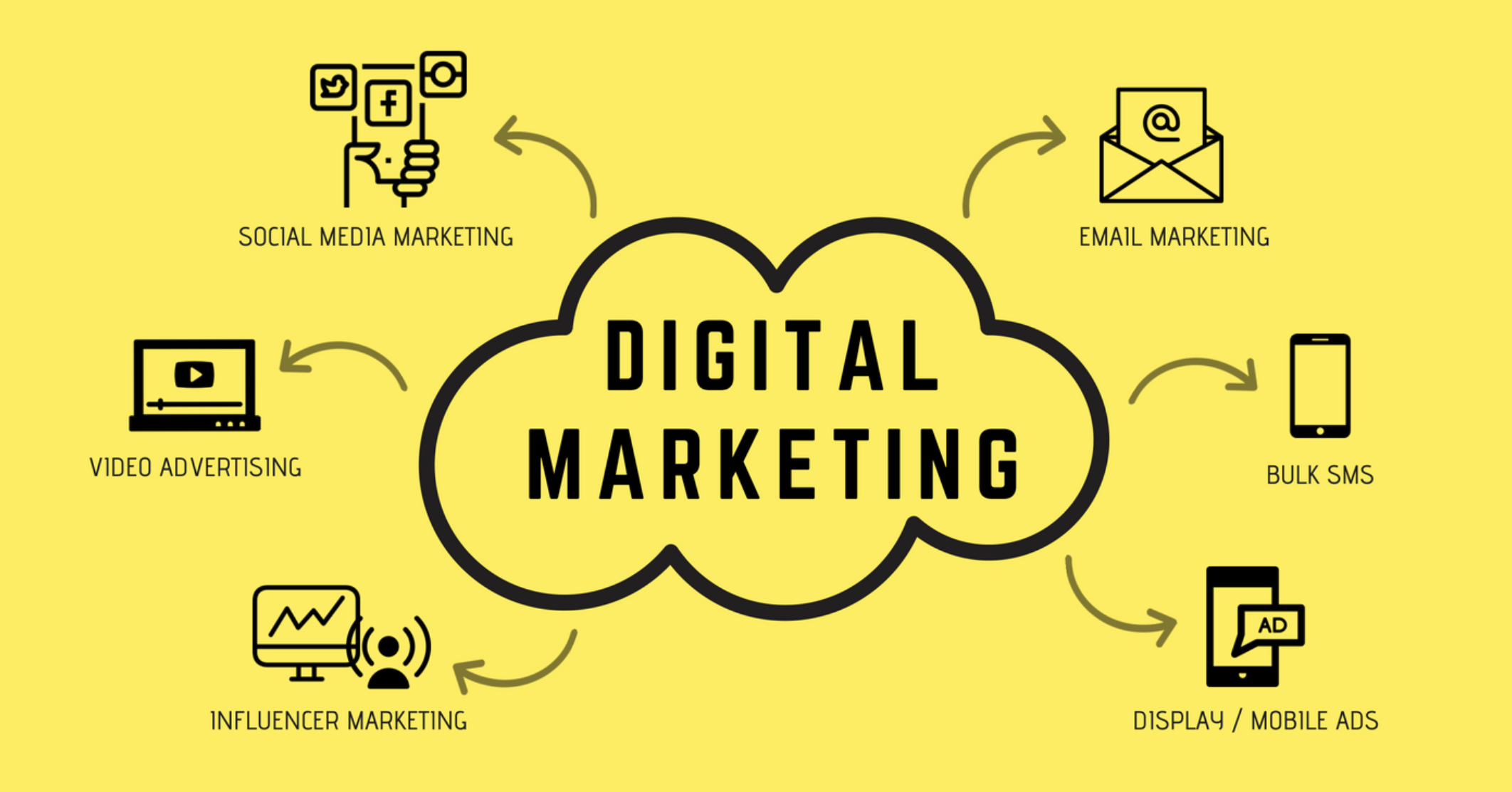Enhance User Experience and Drive Web Traffic With Responsive Web Design
In today's electronic landscape, where customers are accessing sites from a wide variety of tools, responsive internet design has actually ended up being more crucial than ever before. With its capacity to adjust and flawlessly adapt to different display dimensions, responsive style not just enhances customer experience however likewise drives web traffic to your website. Why is this design method so critical? Exactly how does it improve user interaction and increase web site web traffic? In this discussion, we will discover the vital components of reliable responsive design, look into the most effective practices for its execution, and reveal the tricks to enhancing user experience while driving even more traffic to your internet site.
Why Receptive Web Design Matters
Receptive internet design is a necessary facet of contemporary internet growth as a result of its ability to make sure optimal individual experience across different devices and display sizes. With the expansion of mobile phones, tablet computers, and various other mobile gadgets, it has ended up being important for web sites to adapt and provide smooth capability despite the gadget being used.
The key reason why receptive web design matters is that it permits individuals to have a delightful and consistent browsing experience, despite the tool they are utilizing. A receptive website instantly adjusts its design, web content, and style elements to fit the screen size and resolution of the device, guaranteeing that customers can conveniently browse and interact with the internet site without any aggravation or stress.
Moreover, receptive website design likewise plays a substantial duty in seo (SEARCH ENGINE OPTIMIZATION) Search engines, such as Google, prioritize internet sites that are responsive and mobile-friendly in their search results page. By including responsive layout principles, web sites can boost their exposure and position, bring about increased organic web traffic and prospective customers.

Boosting Individual Engagement Via Responsive Layout
Enhancing user engagement is a vital goal of responsive design, as it ensures that users can quickly accessibility and engage with internet site web content on any kind of tool. With the boosting usage of smart devices and tablets, it is crucial for web sites to adapt to various screen sizes and resolutions. Receptive design enables sites to instantly change their layout and material to supply a smooth customer experience across tools.
One of the main methods responsive layout improves user engagement is by minimizing tons times. With a responsive website, users don't need to wait on separate mobile versions to lots, causing much faster accessibility to content. This better rate causes higher individual contentment and encourages them to spend even more time on the site.
In addition, responsive style improves user involvement by enhancing navigation and interface (The Ad Firm seo). When a site is developed responsively, menus and buttons are enhanced for touch communications, making it easier for users to connect and navigate with the website on their mobile phones. This straightforward and user-friendly experience keeps users engaged and motivates them to check out even more of the site
Moreover, responsive design allows for far better web content exposure and readability. By adjusting the format and typeface sizes to various tools, responsive sites make certain that users can quickly read and understand the content. This improves customer involvement by lowering the need for zooming or scrolling to review the message.
Increasing Website Traffic With Responsive Website Design
With the expanding popularity of mobile tools, having a site that is responsive to different screen sizes and resolutions is vital for driving enhanced website traffic. In today's electronic landscape, users are accessing web sites from a selection of gadgets such as mobile phones, tablet computers, and computer. Each of these gadgets has various display sizes and resolutions, and if your website is not designed to adapt to these variants, it can bring about an inadequate individual experience and a loss of prospective web traffic.
Receptive website design ensures that your web site looks and works ideally across look at this site all tools. By utilizing flexible grids, liquid photos, and media questions, receptive layout enables your site to immediately readjust its format, content, and navigating to fit any screen dimension. This implies that individuals will have a seamless browsing experience no matter of whether they are making use of a tiny mobile phone or a large desktop computer computer.
Crucial Element of Effective Receptive Layout
Effective responsive design incorporates several key components that make sure a seamless user experience throughout various gadgets. This allows web content to be presented in a legible and aesthetically attractive fashion on any kind of gadget.
One more crucial component is media inquiries. These allow developers to use various designs and layouts based upon the qualities of the customer's gadget, such as screen dimension and alignment. By utilizing media inquiries, designers can enhance the discussion of content for every gadget, making sure that it is understandable and conveniently obtainable.
Receptive images are additionally important in reliable responsive design. Images that are as well huge can decrease web page load times on smart phones, while pictures that are also little may show up pixelated on larger screens. By utilizing methods such as receptive photo resizing and lazy loading, designers can make certain that pictures are suitably sized and enhanced for each gadget.
Last but not least, efficient receptive design involves a mobile-first strategy. This suggests designing and prioritizing web content for mobile phones initially, and afterwards broadening and here are the findings improving the style for bigger screens. This technique ensures that one of the most important content is quickly available on smaller screens, while still giving a rich experience on bigger tools.
Ideal Practices for Carrying Out Responsive Website Design
Implementing receptive internet design requires careful consideration of different best practices to make sure an ideal user experience throughout various gadgets. Here are some key ideal practices to comply with when applying receptive internet style.
Firstly, it is critical to prioritize mobile individuals. With the enhancing prominence of mobile phones, designing for mobile-first has actually become vital. Start by designing for smaller sized displays and after that progressively enhance the layout for bigger screens.

An additional crucial finest technique is to maximize pictures for various screen resolutions. Big pictures can decrease the packing time of your site, particularly on mobile gadgets with slower links. Usage receptive pictures that can be resized based on the device's screen resolution to boost efficiency.
In addition, test your site on various tools and display sizes to make certain a seamless and regular experience. There are various testing devices readily available that can assist you determine any kind of issues and make required adjustments.
Lastly, focus on usability and access. Make sure that your site is easy to browse, with clear and succinct web content. Make certain that your internet site is available to people with disabilities and adheres to ease of access guidelines.
Final Thought
In final thought, responsive web style plays a vital duty in improving individual experience and driving web traffic to web sites. By taking on responsive layout concepts, sites can ensure optimal watching experiences throughout different devices, leading to enhanced customer engagement.
Optimizing user engagement is a vital objective of receptive layout, as it makes certain that customers can quickly access and connect with internet site material on any kind of device. Responsive style makes it possible for websites to instantly readjust their design and content to give a smooth customer experience across tools.
Furthermore, receptive layout improves customer engagement by enhancing navigation and customer interface.Receptive images are additionally vital in efficient responsive style. By embracing responsive design principles, sites can ensure ideal viewing experiences across different gadgets, leading to enhanced customer interaction.